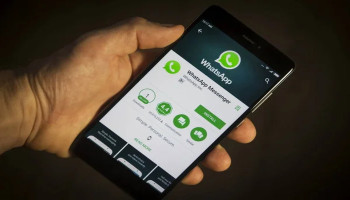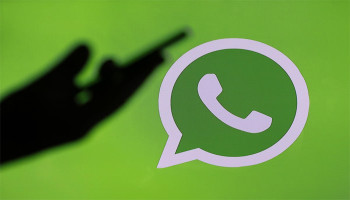
Unveiling a lesser-known fact about Airbnb: hosts can film their guests. Yes, that's right. If you happen to be lodged in an Airbnb, you might be unknowingly caught on camera — but the catch here is, you should be informed about it.
According to the company's guidelines, cameras are permissible in “disclosed devices monitoring only public spaces and common areas,” encompassing living rooms, hallways, and kitchens.
In compliance with proper disclosure, cameras must be highlighted to potential guests, prompting them with a pop-up notification about the surveillance during the reservation process, requiring their ”agreement” to be filmed. Similar regulations are observed by Booking.com and Vrbo.
However, concealed cameras and those situated in private zones like bedrooms, bathrooms, or living spaces repurposed for sleeping are strictly prohibited — but this hasn't halted their occurrence.
Reports of clandestine cameras have surfaced globally over the years. In a chilling incident recounted in The Atlantic in 2019, Max Vest uncovered two hidden cameras in his Miami Airbnb while his hosts slumbered.
"I didn't know if I was being watched live," he was quoted by the outlet. "What I've found since is that [the cameras] record to a memory card, but they can also stream live. The host could've been watching. Anybody could have been watching."
How to find hidden cameras
For travellers wary of covert filming during their Airbnb stays, several methods can be employed to detect hidden cameras and ensure a worry-free getaway.
- Start by conducting an old-fashioned sweep, turning off all the lights and using a flashlight or your phone's torch to scan the room. Move slowly and keep an eye out for a gleam of light reflecting back from any camera lenses.
- Inspect potential hiding spots for cameras, such as alarm clocks, shower heads, or smoke detectors.
- Concerned about two-way mirrors? Here are a few ways to check: First, try lifting the mirror off the wall to inspect behind it. Another method involves a fingernail test — in a regular mirror, your fingernail and its reflection won't touch, but if they do, it might be a two-way mirror. Alternatively, shine your torch at the mirror with the lights off; if you only see the light's reflection, it's likely a regular mirror. However, if it's two-way, you might see the area behind it.
- Hidden cameras might use infrared to detect movement in low light, and your phone can help spot this. Test it by using a TV remote and aiming it at the camera. Look for a faint purple or pink light, either flashing or steady, on both the front and back cameras. Once familiar with what infrared looks like, scan the room again in darkness, searching for similar lights.
- For frequent travellers, investing in a professional lens hunter might be worthwhile.
- If you have access to the property's WiFi, scan to identify connected devices. Keep in mind that the property might have multiple networks, and not all cameras need to be online.
- If the property is equipped with smart home devices like Amazon Echo Show or Google Nest Hub, check the camera tab to ensure it's not being monitored.
















